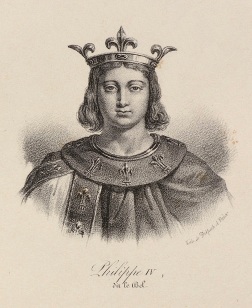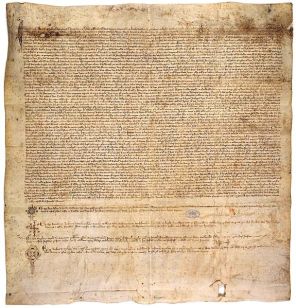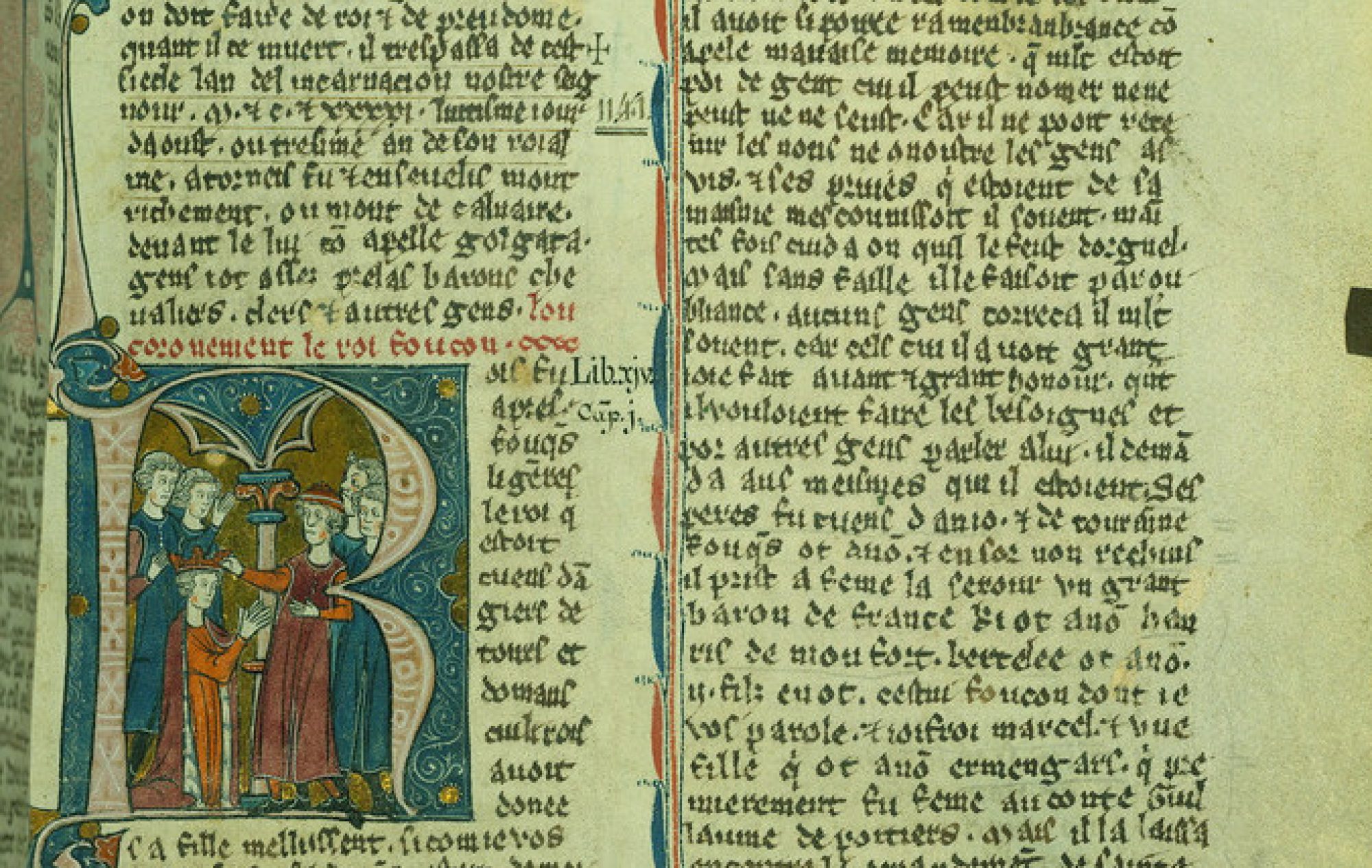The Knights Templar. Many people have heard of them, but most do not know their story. The Knights Templar was a band of knights created to protect pilgrims on their way to the Crusades. They were an order of monastic knights, which, in itself, is a walking contradiction. The Templars swore oaths of chastity, poverty, and obedience, but their vocation was to fight.1 Originally created by nine knights, the Templar grew

in prominence and status until there were tens of thousands bearing the familiar white mantle and red cross garments.2 Referred to as the “best-trained soldiers since the Roman Empire”, the Knights were not only protectors but also collectors, innovators, and masters of mystery.
The Templar, also known as the Poor Fellow-Soldiers of Christ and of the Temple of Solomon, were collectors of artifacts of Christ and became the most wealthy group in Europe, second only to the Church.3 With this wealth, the Knights were able to actually create the first rudimentary banking system, alongside the first cheques!4 Pilgrims were able to deposit their money at a Templar institution in their hometown, receiving a slip of paper to trade in once they reached the Holy Land.
So, what happened to the Knights Templar? Ultimately, King Philip IV of France is responsible for the eradication of the Templars.5 A longer explanation begins with the ending of the Crusades and the public’s distrust in the Templars. As they grew in prominence, they also grew in secrecy. There was no information about what went on within the Templar, and rumour spread about obscure and perhaps inappropriate rituals which occurred at initiation.6 King Philip IV of France took advantage of such rumours, and destroyed the Brotherhood.

Philip IV was deeply in debt (over 260,000 livres parisi) to the Templars, which is one reason he wished to rid the world of their presence.7 Additionally, he had political and personal motives to eradicate the Templars. He had opposed a Pope already and had the current pope, Clement V under his thumb.8 The only aspect of the papacy which he could not control was the Templars. Philip IV did not like this, so it seemed a simple solution for him to simply remove them. Finally, his personal motives. Philip IV felt that, as the King of France, he was God’s representative on earth and he needed to set things straight. (Read More)
On Friday, October 13, 1307, Philip IV launched a surprise attack on the Knights Templar. He sent out arrest warrants to many of his confidants, dictating that on Friday, October 13, all the Knights in the area should be seized and arrested.9 This way, there was no chance for the Knights to warn each other. All the prominent members in France were thrown in jail, including their Grand Master, Jacques de Molay. When asked what charges they were being arrested for, the Knights were simply told heresy, with no reasoning to support the serious allegation.10 In fact, Philip IV did not come up with reasons to support his claim of heresy until after the Knights had confessed after they had been tortured.11
Torture to extract confessions was quite common during this time period.12 If the accused made a confession under torture, they were also expected to make it publicly, in order to prove they were truly guilty, and that the confession was not made up. This system may have worked, if the accused was not tortured before their public confession, and were under the threat of additional torture should their confession not meet the accuser’s standards. (Read More). Some forms of torture applied to the Knights included, but was not limited to: sleep deprivation, solitary confinement, shackled to a wall with little to eat, the stretching rack, burning the soles of feet, until bones fell out, and finally the strappado which was when “a victim’s hands were bound and then weights were tied to his feet and testicles. He was then hauled up to the ceiling and dropped”.13 Overall, it is possible that the confessions were not the most accurate, but were said simply to avoid additional torture.
Philip IV used these confessions to create charges against the Knights, which included:
- Articles on reception into the Order
- Spitting on the cross, and denying Christ
- “Indecent” kisses exchanged on the navel, butt, base of spine and penis
- Given a cord to wear which had touched an idol
- Refusal to comply meant death or imprisonment
- Articles on idolatry
- Each province had their own idol, worshipped as god and saviour, and was believed to give the Templars riches
- All Templars wore a cord which had touched an idol
- Articles of heresy
- Denying Christ
- Did not believe in the sacraments, or that the host was the body of Christ
- If a Templar went to a different church, he averted his eyes when the host was raised
- Masters (who were not ordained priests), gave absolution
- Templars were permitted to confess to other brothers who were not priests
- Articles on immorality
- Carnal kisses exchanged at initiation
- Carnal relationships with others brothers were permitted and were not a sin
- Carnal relationships between brothers took place
- Articles on charity
- Did not offer hospitality as other religious houses did
- Did not consider it a sin to acquire property by illegal means
- Articles on secrecy
- Chapter meetings took place in secret, at night, behind locked and guarded doors
The infractions which Philip IV gathered from the various confessions sparked immense public outrage.14
Unfortunately for Philip, the Pope exercised his right to look into the charges of heresy. The Knights Templar believed that this would be their saving grace, and if it were a different Pope then perhaps it would have been. But Clement V was very much under Philip’s control, as he was consistently blackmailed by the monarch. The Pope took it upon himself to look into these inquiries and even sent his own cardinals to extract confessions, presumably without the use of torture (although this is not certain).15 Surprisingly, the Knights all gave the same confession. These confessions were all recorded in a document called the Chinon

Parchment, which was lost within the Vatican archives until quite recently, in 2001.16 Even after reading the confessions, the Pope was not convinced that the Brotherhood had been doing all of these actions arbitrarily. He believed that they committed these heretical acts in order to prepare themselves if they were ever captured by the Muslims whilst on a Crusade. Apparently, the Muslim jihadists were known to force their prisoners to denounce Christ, and engage in heresy, so the Pope believed the Templars were simply completing endurance tests.17 Clement V, much to Philip IV’s dismay, granted absolution to each and every Knight.18
Philip IV was extremely upset about this and decided to take matters into his own hands. He threatened to fracture the Catholic religion by leaving it and creating the Church of France (similar to the actions of Henry VIII with the Church of England in the 1500s). Faced with the choice between his Christian Kingdom or protecting the Knights, Clement V chose his kingdom. He destroyed the Templar in March of 1312.19 Following this, Jacques de Molay withdrew his confession, throwing the Pope’s absolution back in his face.Within hours of his withdrawal, Molay was taken to the coast and burnt.20
To finish this tale, the question arises of whether Philip ever received the treasure that he so desired? The answer is no. After the arrest of the Templars, King Philip had the Temple of Paris, which was the Knights largest bank, raided, but there was nothing left there.21 To date, the riches of the Templar, along with some of their supposed treasures (ie. the Holy Grail), have never been found.22 It is believed that the Knights somehow got wind of King Philip’s plan, and some of the junior members were entrusted with the treasures. Along with the riches disappearing, the Knights had a fleet of ships docked in the harbour at La Rochelle, which suddenly disappeared around the time of Jacques de Molay’s execution, and again, have never been found.23
What happened after? No one knows. The treasure has never been found, although there has been much speculation about where it may be hidden. The remaining Templars were absorbed into the Knights of Malta (also known as the Order of Hospitallers), which is now a charitable organization.
So where is this treasure? Were the charges of heresy true? These are questions which may never have concrete answers, simply due to the secretive nature of the Templars.
- Evelyn Lord, Templar’s Curse (Abingdon-on-Thames, United Kingdom: Routledge, 2017), 60.
- http://www.oxfordreference.com/view/10.1093/acref/9780198662624.001.0001/acref-9780198662624-e-3330?rskey=hSAv6Y&result=3177.
- Timeline – World History Documentaries, “Trial of the Knights Templar,” YouTube video, 47:04, July 24, 2017, https://www.youtube.com/watch?v=ruhnvXy48Yw.
- Ibid.
- Lord, Templar’s Curse, 60.
- Malcolm Barber and Keith Bate. The Templars: Selected Sources (Manchester, England: Manchester University Press, 2007), 19.
- Ibid, 18.
- Lord, 67.
- Barber 19.
- Lord, 71.
- Ibid, 78.
- Ibid, 71.
- Ibid, 75.
- Ibid, 75.
- Ibid, 78-9.
- Ibid, 80.
- Timeline – World History Documentaries, “Trial of the Knights Templar”.
- Ibid.
- Lord, 80.
- Ibid, 85.
- Ibid, 85.
- Timeline – World History Documentaries, “Trial of the Knights Templar”.
- Ibid.
- Ibid.
- “Cross of the Knights Templar.svg,” File: Cross of the Knights Templar.svg – Wikimedia Commons, https://commons.wikimedia.org/wiki/File:Cross_of_the_Knights_Templar.svg.
- François Delpech, Philippe IV, 1820-40, Lithograph, 14.2 x 12.1 cm, Royal Collection Trust, https://www.royalcollection.org.uk/collection/search#/34/collection/616269-ce/philippe-iv.
- John Foxe, and William Byron Forbush, Fox’s Book of Martyrs: A History of the Lives, Sufferings and Triumphant Deaths of the Early Christian and the Protestant Martyrs, Lightning Source UK, 2010.
- Hans-Jürgen Wolf, Geschichte Der Hexenprozesse: Schwarze Messen, Kinderhexen, Zeitdokumente, Hexenwahn Bis Heute, Nikol-Verl.-Ges., 1998.
- Vatican Archives, Chinon Parchment, August 1308.


